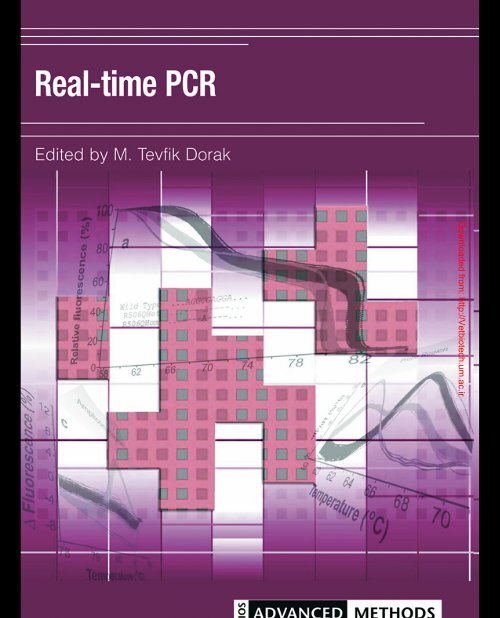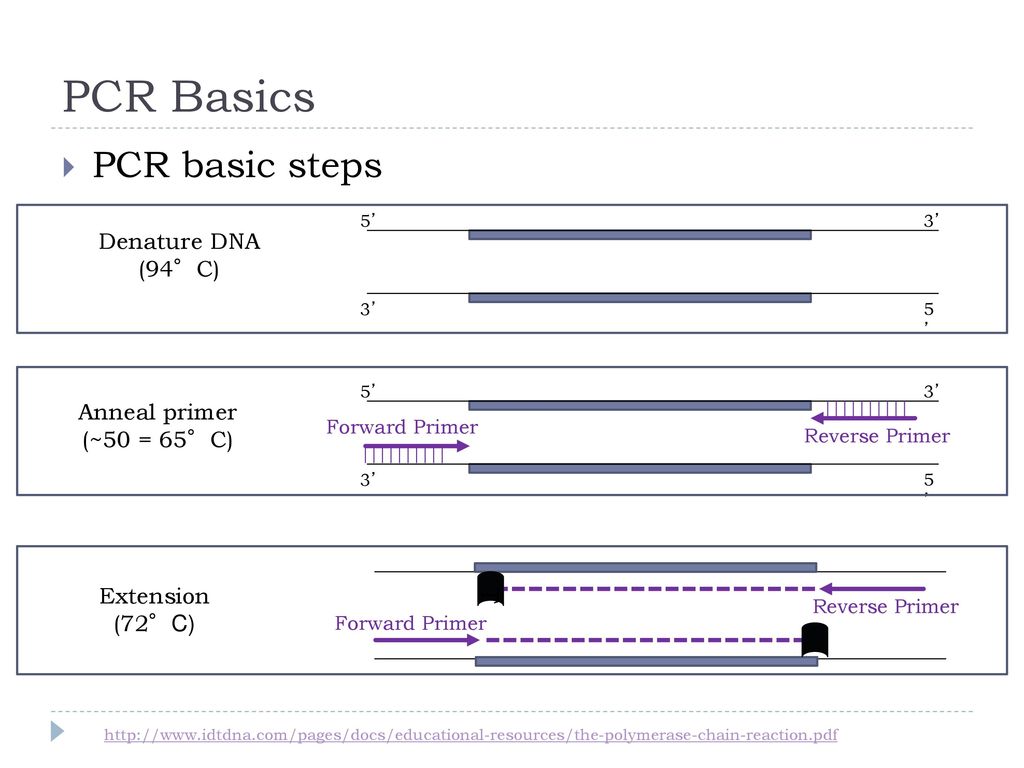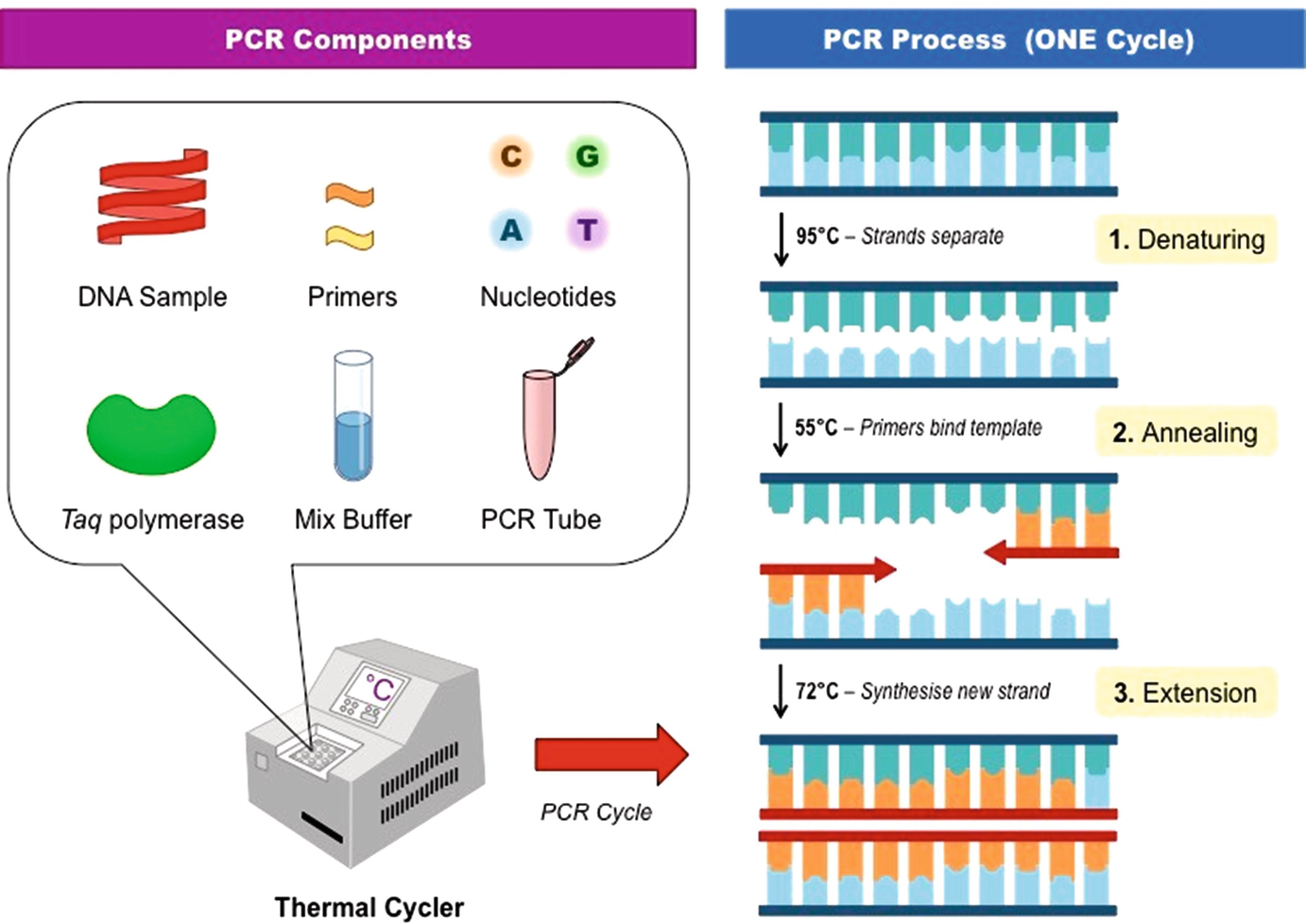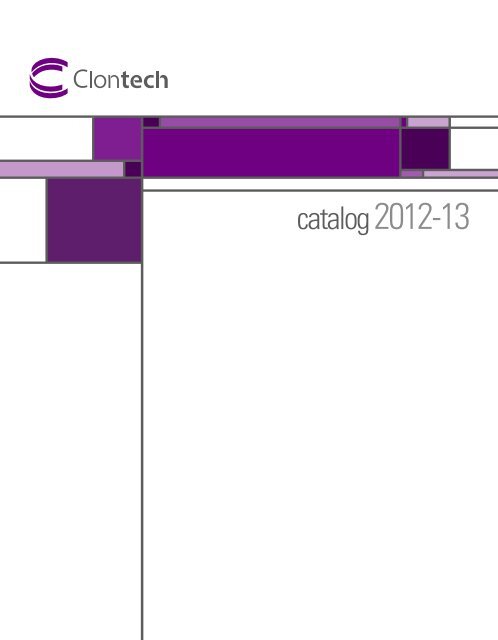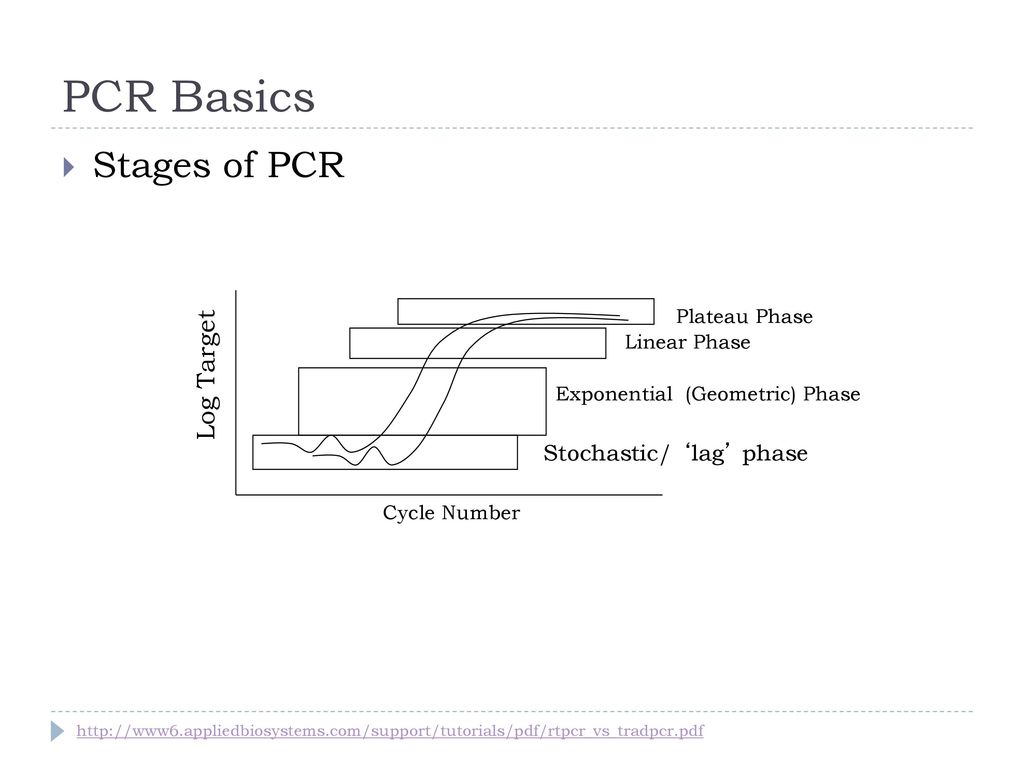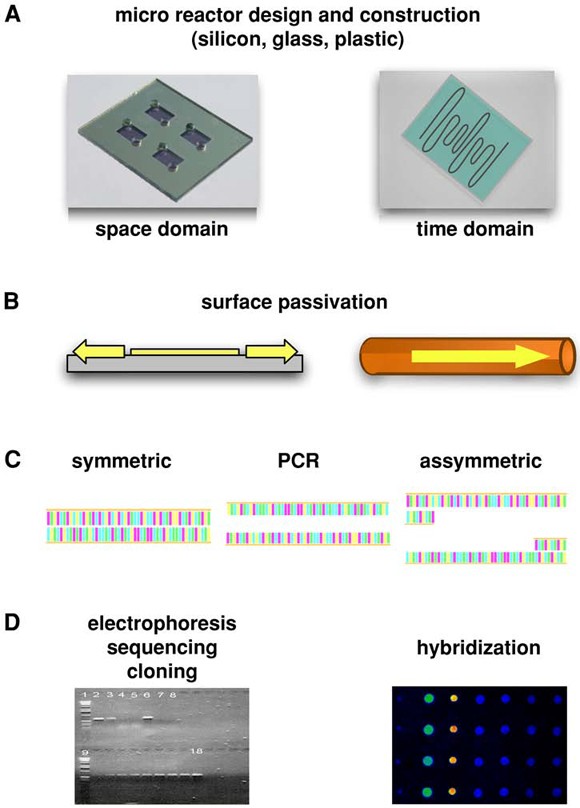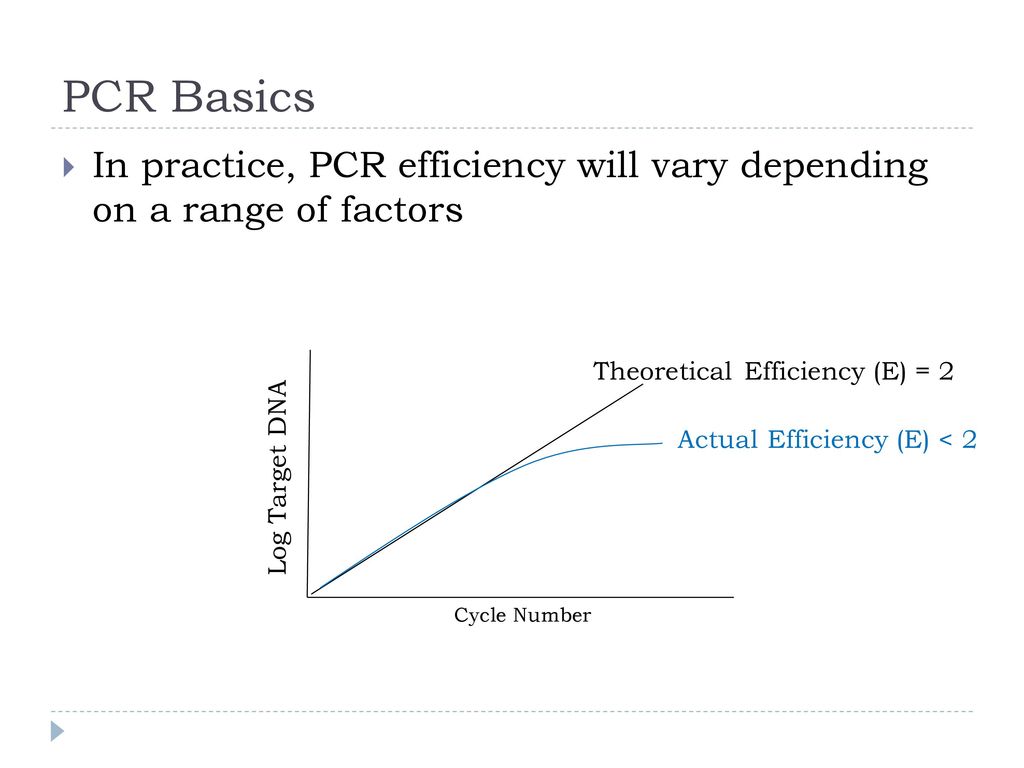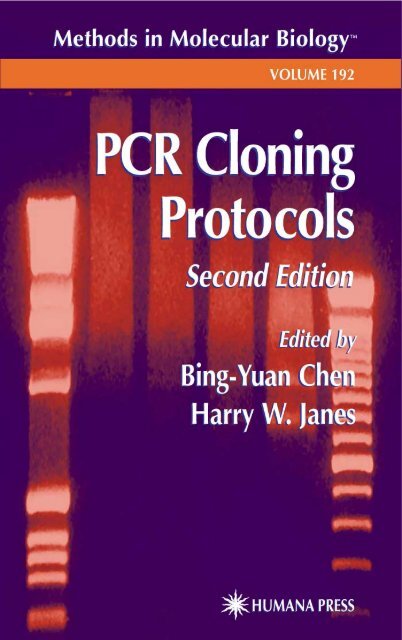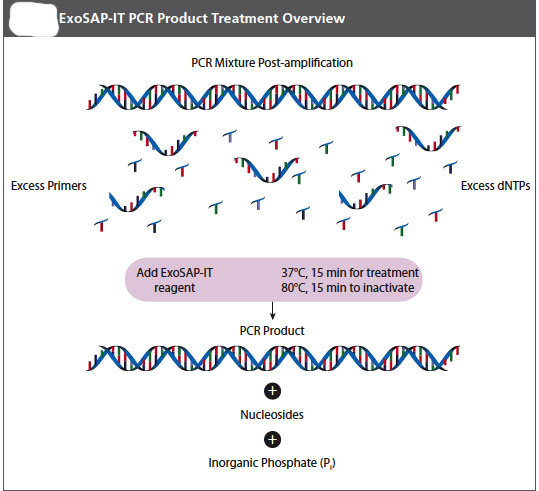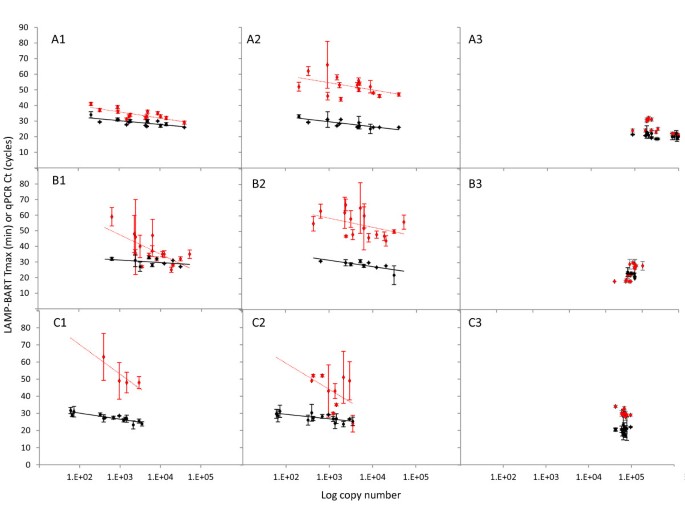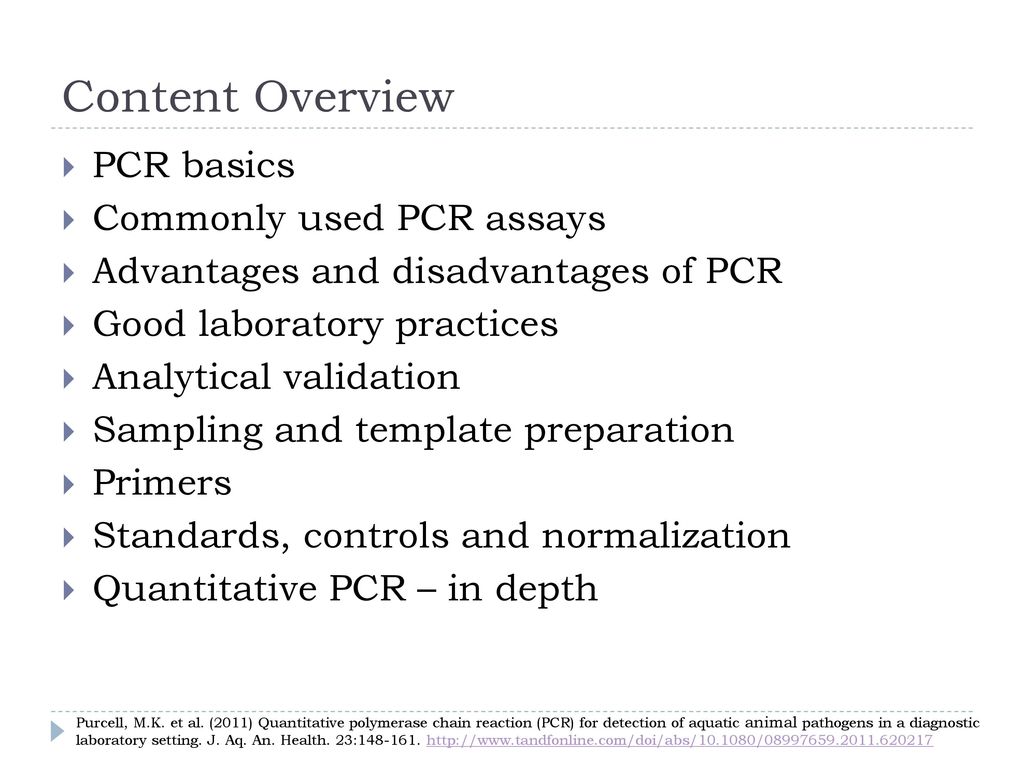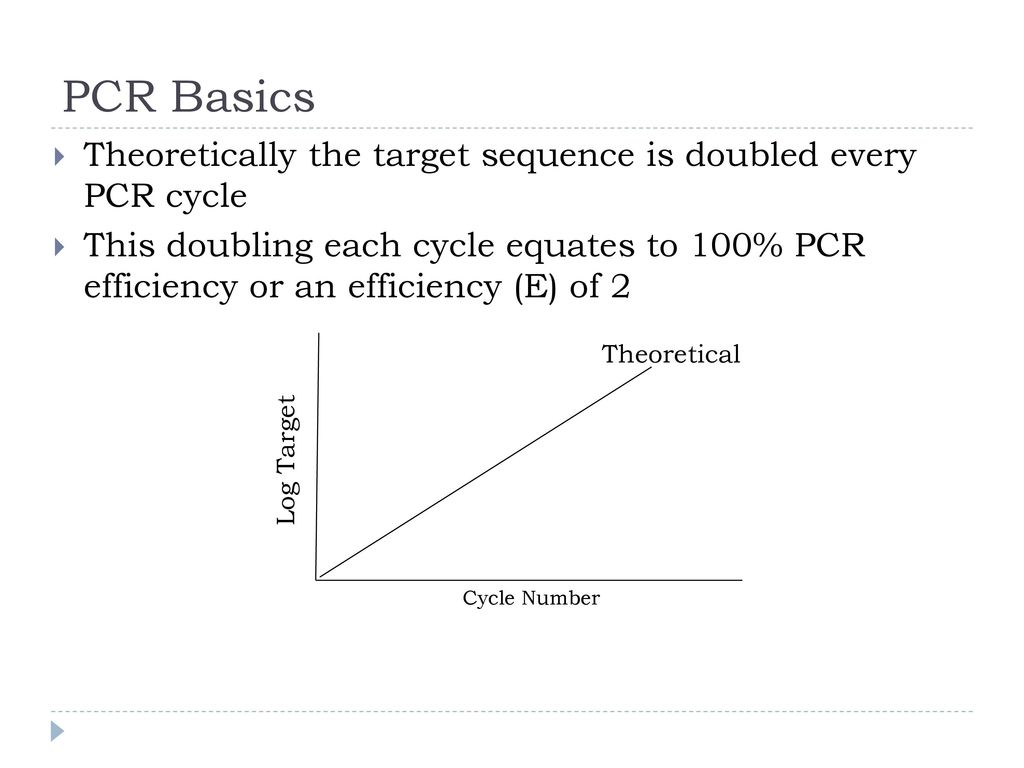Pcr Basics From Background To Bench
I would highly recommend this to any student starting out in the molecular lab who desires a solid and varied background in the techniques they are about to employ.
Pcr basics from background to bench. Arguably one of the most powerful laboratory techniques ever discovered pcr combines the unique attributes of being very sensitive and specific with a great degree of flexibility. In short pcr polymerase chain reaction is a biochemical technique that uses thermocycling and enzymes to quickly and reliably copy dna and it was invented in a flash of inspiration by a scientist driving on highway 128 from san francisco to mendocino. I own about 10 books on basic and advanced pcr methods and this one is by far the best.
My favourite features of the text are the troubleshooting tables that become a one stop sol excellent beginner s manual for all aspects of the pcr process. Your web browser is not enabled for javascript. Mcpherson mj sg moller r beynon and c howe 2000 pcr.
The polymerase chain reaction pcr is the cardinal laboratory technology of molecular biology. Pcr basics from background to bench by. By providing basic theory background material and suggestions for suitable protocols it enables a novice to become a proficient user of many pcr techniques.
Tuesday june 30 2020 add comment edit. A basic polymerase chain reaction protocol. If you want a clear concise comprehensive introduction to pcr this book is it.
Basics from background to bench. Basics from background to bench. The basics is the ideal practical introduction to pcr practices in the laboratory.
Accelerating science behind the bench lab tips and tricks distinguishing real signal from background noise ask taqman 41. Pdf a basic polymerase chain reaction protocol quỳnh hương representative sequencing traces for inverse pcr products joining simulation and experimental validation of a su 8 based pcr. Distinguishing real signal from background noise ask taqman 41 by mike troutman 12 23 2016.
From background to bench published october 1st 2000 by springer verlag telos paperback 276 pages author s. A guide to methods and applications. Moller annotation p a thoroughly updated version of the successful first edition with a new chapter on real time pcr more prokaryotic applications and more detail in the complex mutagenesis sections.
It is very clearly written and easy to understand.








